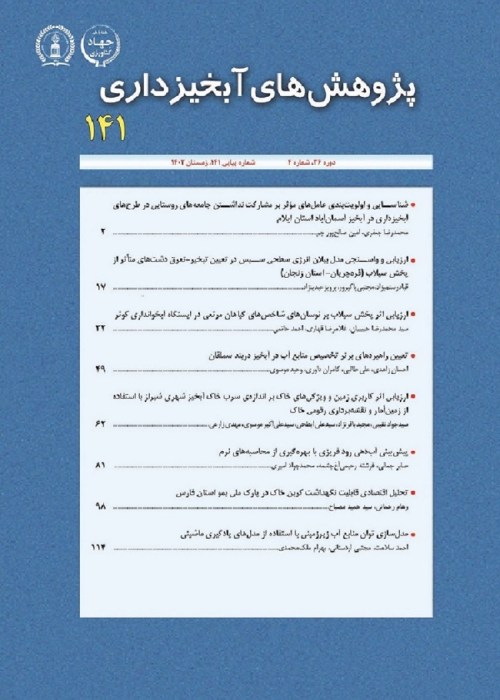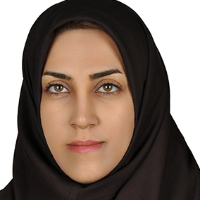Integrated Modeling of Soil Erosion by Water and Wind Using Machine Learning Methods
Soil erosion by water and wind is one of the biggest environmental threats worldwide which it has various negative consequences such as soil degradation, mitigation of soil fertility, depletion of nutrients and micro-elements, degradation of soil structure, dust storms, reservoir siltation, and etc. on the natural and anthropogenic ecosystems. Therefore, accurate information of land susceptibility to soil erosion hazard by water and wind, and production of spatial maps of these hazards are necessary for mitigation of their consequences. Therefore, the goal of this research is application of two machine learning models for the spatial modelling of water and wind erosion in the Bakhtegan basin, Fars province.
In order to generate the spatial maps of soil erosion by water and wind, we have used 20 and 16 effective factors on water and wind erosion, respectively. Before the modelling stage, the multivariate adaptive regression spline (MARS) feature selection algorithm and multicollinearity test were used to identify the most important factors controlling water and wind erosion. In next stage, two random forest and support vector learning machine techniques were applied to model soil erosion. Area under curve (AUC) was applied to assess the model performance.
According to results, land use, slope, lithology, roughness, coarse fragment, clay, vegetation cover, aspect, soil bulk density and topographic wetness index were identified as the most important factors controlling water erosion. The most important factors controlling wind erosion are including elevation, land use, wind speed, slope, vegetation cover, soil nitrogen, cation exchange capacity, lithology, aspect, clay and bulk density. The AUC value for wind erosion map generated by random forest model was 99, and for water erosion map produced by support vector machine is 96. Finally, we integrated two maps and results indicate an area of study area about 18% has very high susceptibility to wind erosion and low susceptibility to water erosion.
Due to study area has several lakes consisting of Bakhtegan, Maharlo and Tashk, and also several dams, it is so important to supply water for different purposes such as drinking, agricultural, industry and environment. In case of not paying attention to this challenge especially wind erosion in the study area, this case study especially dried beds for lakes can play as sources for generating dust particles. Therefore, the findings of this research can use by managers to mitigate negative effects of this phenomena.
- حق عضویت دریافتی صرف حمایت از نشریات عضو و نگهداری، تکمیل و توسعه مگیران میشود.
- پرداخت حق اشتراک و دانلود مقالات اجازه بازنشر آن در سایر رسانههای چاپی و دیجیتال را به کاربر نمیدهد.



